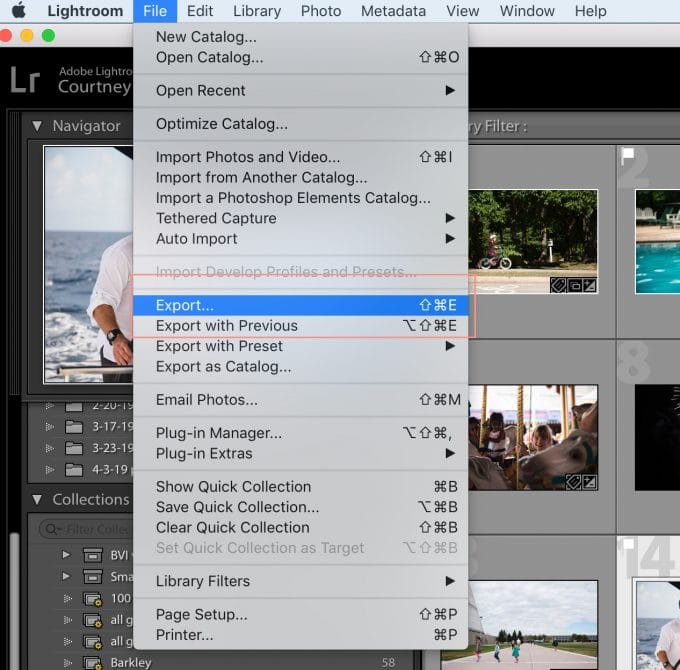
This action will allow dragging your images as we had done it before, but now it will keep proportions and allow you to get rid of pixels. Though in this case if you scale such an image, pixels will cover your entire photo, which looks really inaccessible.īut you may also use the following tip: on top choose on the right to Image Trace little triangle and click on High Fidelity Photo, the processing will take a couple of seconds. The third idea is the most obvious as you can drag the corners of your picture on your own to a desirable state. Method is also good as it is easy to perform and the result is The following window appears, you need to set desirable parameters of width and height for your photo and press enter.
HOW DO I RESIZE A PHOTO IN LIGHTROOM HOW TO
One more idea of how to resize an image in Illustrator is wonderful, especially if you know the exact measurement of the desired picture. It is a rather simple and quick way to change the size of the picture in illustrator. Besides you have an opportunity to switch previews so that you are capable to see reflections of your manipulations with your photo on the left. But you may also select non-uniform and decide the horizontal and vertical size of your future picture on your own. You may write in this field any size you wish in order to resize the image in Illustrator.ĥ) As a rule we want to preserve the proportions of our pictures, that is the reason why we choose uniform. Now you have to choose a picture which you need to resize.Ĥ) Move on top, here is a control panel, on the right you see, so click on it, the window will show up, set the size in the uniform field which you need for example 50%.

And common people also successfully use it, as there are no hardships in working, especially with this short instruction. In the beginning, it seems to be difficult to work with, but we are not scared and can’t miss the opportunity to master Adobe Illustrator.
HOW DO I RESIZE A PHOTO IN LIGHTROOM PROFESSIONAL
Professional photographers, web designers can’t make head or tail without this programmer. It is known for its excellent work and great results. It has almost no limits and can put into life the wildest ideas of your imagination. That’s it! Written instructions are great, but I know I learned most of my editing tricks as a photographer from watching other people, so I recorded a little video for you below.Adobe Illustrator is one of the best vector graphics editors. By bringing down the luminance of these colors, you can bring back your sky if it’s still looking too over-exposed. Finally, I like to go to the HSL panel and play with colors – primarily making adjustments in blue and aqua. By dragging this slider down, you can take away some of the harshness in your image.ĥ. If you’re finding the image is still too harsh in contrast, a trick I like to use is to play with the dehaze slider. I often need to bring up my shadows to take away any too-harsh contrast.Ĥ. When shooting in direct sunlight, you’re bound to have some pretty dark, unflattering shadows caused by the sun. You’ll most likely want to bring these wayyyy down.ģ. Once those are set, play with the highlight slider to bring back some of your highlights. Next, you’ll adjust for exposure and white balance. I use my poppresets on all my photos to add contrast and vibrancy to my images and make basic corrections.Ģ. Editing Photos Taken in Direct Sunlight using Lightroomġ. Remember, shadows are easier to bring up in post than highlights are to tone down. This prevents the sky and highlights in your photos from being so overexposed and blown out that they have no hope of being brought back in post-production. I’ve been a photographer for over 7 years, and I can tell you that it feels good to have the confidence to shoot in any scenario and know how to make the appropriate adjustments to produce stunning images.Īn important note which you’ll hear me often talk about is that I always try to slightly underexpose my images when shooting in direct sunlight. For those times, I drafted a step-by-step workflow to help you correct for poor lighting conditions using Lightroom. But, sometimes shooting in bad lighting scenarios is unavoidable.

When a client wants to schedule an outdoor photoshoot at noon, I abruptly talk them out of it and suggest better timeframes for better lighting conditions. Shooting in direct sunlight is most photographers’ nightmare.


 0 kommentar(er)
0 kommentar(er)
